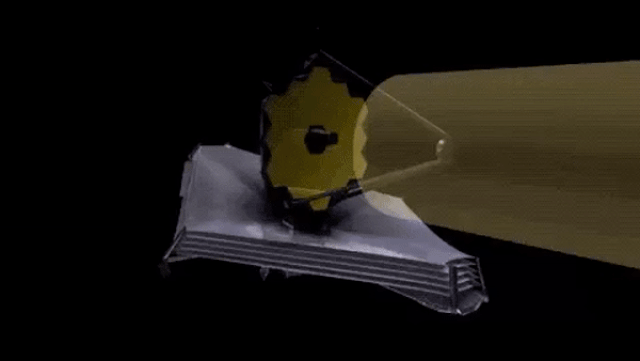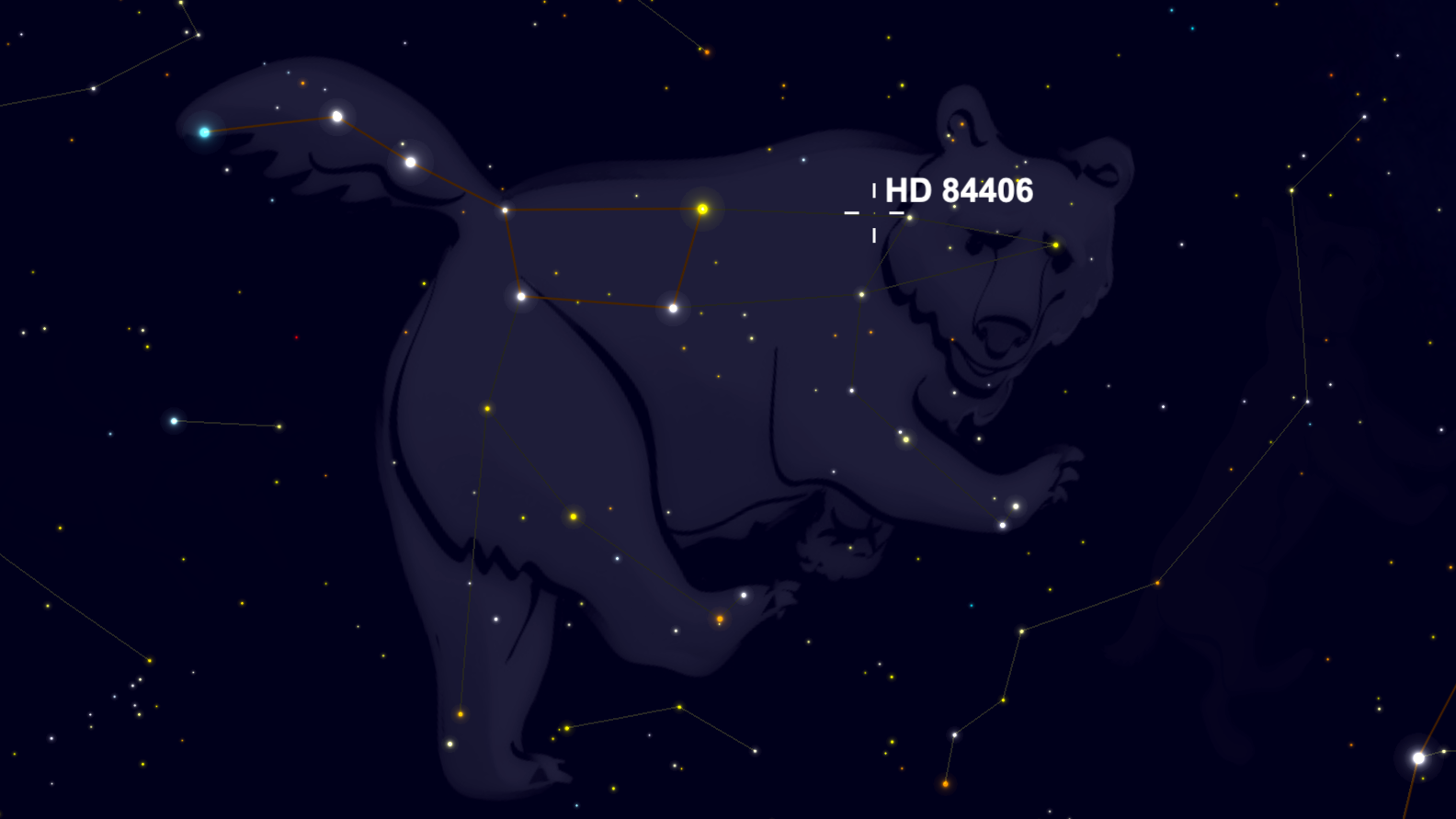NASA to unveil 1st images from James Webb Space Telescope today. Here's where to find them.
The images won't be great, but will be unveiled at 10:30 am ET (1530 GMT) ahead of a NASA press conference.

Update for 12 pm ET: NASA has officially revealed the first images from the James Webb Space Telescope, which show 18 versions of the target star HD 84406. Read our full story here.
NASA will unveil the first-ever images from the James Webb Space Telescope on today (Feb. 11) and you'll be able to see them as they debut online. But don't expect a dazzling view.
The first images captured by Webb, the largest telescope ever flown in space, will be released today at 10:30 a.m. EST (1530 GMT) via NASA's James Webb Space Telescope blog. You'll be able to find the images here once they go live. NASA will also hold a press teleconference at 11 a.m. EST (1600 GMT) to discuss the images and Webb's latest progress since its Dec. 25 launch. That livestream will also appear at the top of this page once it begins.
Related: How the James Webb Space Telescope works in pictures
Live updates: NASA's James Webb Space Telescope mission
NASA scientists have said repeatedly that the first images from Webb, which is a powerful infrared observatory, won't resemble the stunning space photos from similar space telescopes. Instead, the first images are expected to be blurry and repetitive from the 18 segments of Webb's primary mirror. Those images were collected by the telescope's main camera, called the Near-Infrared Camera, and are are part of the telescope's fine-tuning process.
"The early engineering imagery produced during this stage in the process, called 'segment image identification,' stitches together more than 1,000 images to form 18 unfocused versions of a single star," NASA wrote in an update Thursday (Feb. 10). "This serves as the starting point for gradually aligning Webb's mirror segments into one precise system."
The first target star for Webb was HD 84406, a sun-like star in the constellation Ursa Major that includes the star pattern the Big Dipper that is located about 260 light-years away. You need a telescope of high-power binoculars to see the star, as its too dim for the unaided eye to see. Here's our guide for the best telescopes for 2022, and our guide for the best binoculars may help you find the right pair to hunt Webb's star.
The alignment of Webb's mirror segments is expected to take up to three months so that the18 segments function as a single cohesive mirror. Once complete, Webb will be ready for its mission to peer deeper into the universe than ever before.
Breaking space news, the latest updates on rocket launches, skywatching events and more!
The $10 billion James Webb Space Telescope is the largest and most powerful space telescope ever launched. It currently sits in an observing point called Earth-sun Lagrange point 2, a stable region of space on about 1 million miles from Earth in the direction away from the sun. There, the space telescope is expected to gaze into the cosmos to unravel mysteries of the first stars and galaxies, dark matter, exoplanets and other astronomical phenomenon.
Email Tariq Malik at tmalik@space.com or follow him @tariqjmalik. Follow us @Spacedotcom, Facebook and Instagram.

Tariq is the award-winning Editor-in-Chief of Space.com and joined the team in 2001. He covers human spaceflight, as well as skywatching and entertainment. He became Space.com's Editor-in-Chief in 2019. Before joining Space.com, Tariq was a staff reporter for The Los Angeles Times covering education and city beats in La Habra, Fullerton and Huntington Beach. He's a recipient of the 2022 Harry Kolcum Award for excellence in space reporting and the 2025 Space Pioneer Award from the National Space Society. He is an Eagle Scout and Space Camp alum with journalism degrees from the USC and NYU. You can find Tariq at Space.com and as the co-host to the This Week In Space podcast on the TWiT network. To see his latest project, you can follow Tariq on Twitter @tariqjmalik.

